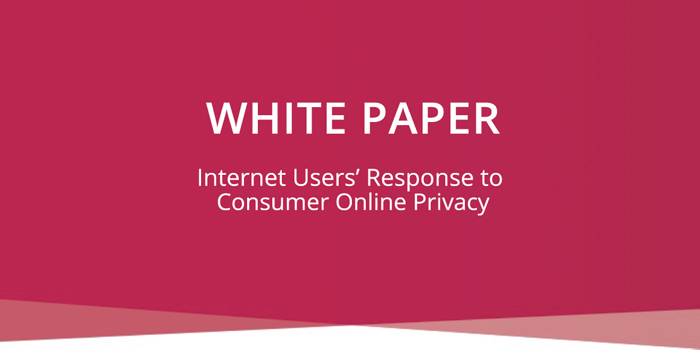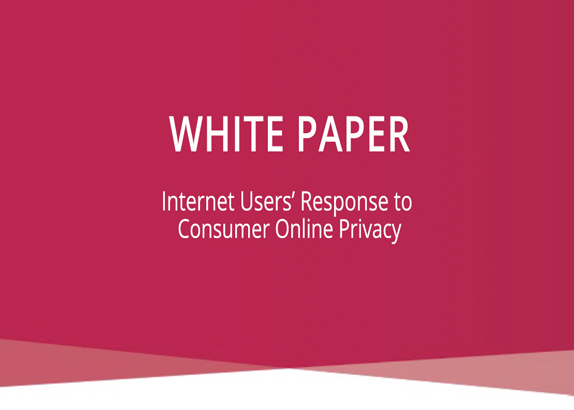
Background: Consumer online privacy
While the issue of consumer online privacy made headline news in late 2010, two significant announcements were made in late February 2012 that further elevated this topic. Google agreed to support a “do not track” (DNT) button embedded in Web browsers that would inform any website visited that the user does not want to be tracked. From a marketing perspective, this would potentially limit the use of Internet cookies, preventing online browsing behavior from being used for behavioral targeting, frequency capping, and other such behavioral measures.
Secondarily, the White House published a recommended “Consumer Privacy Bill of Rights” that outlines a philosophy on how companies should manage their consumer data practices. The “Consumer Privacy Bill of Rights” is a positive step regarding consumer online privacy, as it adds definition to an equivocal topic, and it suggests that the Obama administration supports a co-regulatory approach to addressing consumer privacy. The recommendation sets the tone for guiding standards, and potentially laws, for how companies should track consumers, both on and off of the Internet.
Research objectives and methodology
In order to understand Internet users’ comprehension of, as well as attitudes and behaviors toward consumer online privacy, Annalect Research and Platform Logistics conducted a national online survey during the week of February 27, 2012. The survey sample consists of 758 adults, age 18+ who use the Internet at least once per week. Respondents are representative of the U.S. online population based on key demographics including age, gender, education, household income, race, and ethnicity.
[download file=”https://www.annalect.com/wp-content/uploads/Annalect_Online_Privacy_Research_3_14_12.pdf” title=”Download White Paper”]

